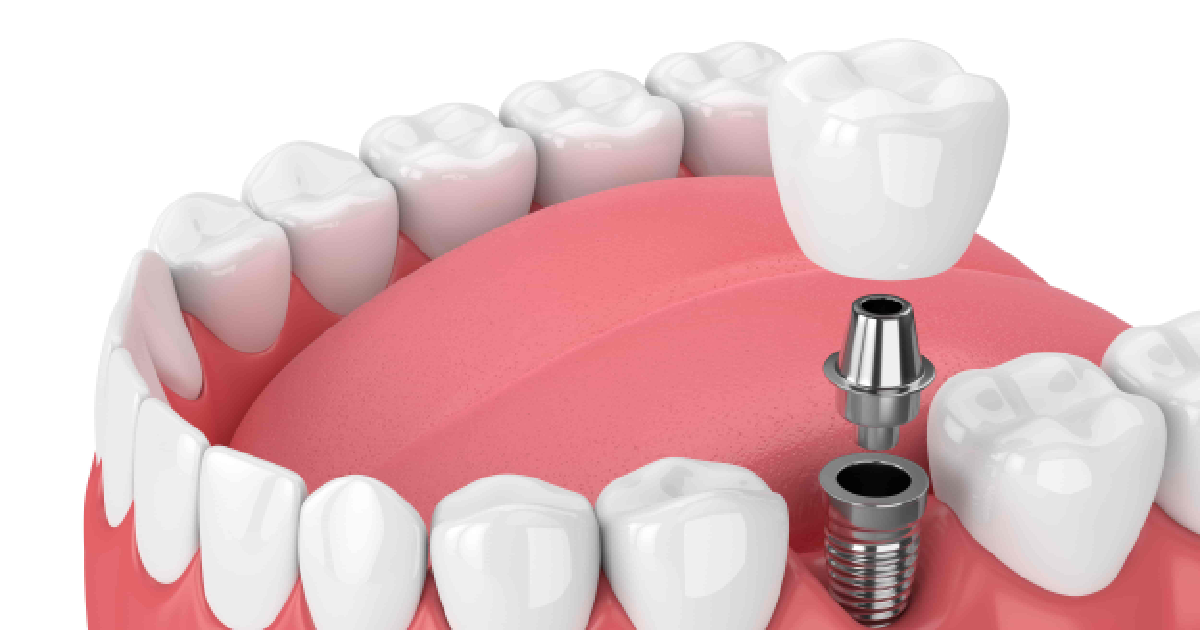The world of dentistry has come a long way over the past couple of decades. Restorative care can help to enhance your smile even in extreme cases where you have broken or missing teeth. Dental crowns are used as caps to cover, protect, and – in some instances – restore a tooth if fillings aren’t a viable option. And if you find a dental specialist like Solomon Dentistry, dental crowns in Summerville typically don’t require any additional care once they’re fixed.
What Are Dental Crowns?
There are a number of reasons that your teeth can be damaged, like injury or tooth decay. Over time, your teeth can start to lose their original shape. When that happens, dental crowns are used to place a “cap” over your tooth or teeth that will improve the shape, size, appearance, and strength and stop further tooth damage.
Who Would Need a Dental Crown?
When it comes to dental health, there are many reasons that someone might need a dental crown. Some include:
- Covering a discolored or misshapen tooth
- Restoring a worn-down or broken tooth
- Holding a dental bridge in place
- Supporting and covering a tooth that is mostly gone or has left a large gap
- Covering a tooth that has previously had a root canal
- Covering a dental implant
- Protecting a weakened tooth from breaking or being cracked
What are 3/4 Crowns and Inlays?
When it comes to restorative care, there are many different types of crowns that can be used. 3/4 crowns and inlays are just two types. They don’t work to cover the entire tooth like traditional crowns. 3/4 crowns and inlays are appropriate when you still have a tooth structure that is fairly solid. Inlays and crowns are a more “conservative” approach compared to a traditional full crown. Only the affected area of the tooth is removed by the dentist, and then a crown is used to reshape the remaining tooth.
What are Dental Crowns Made of?
Crowns can be made from several different types of material, including:
Porcelain-fused-to-metal – a porcelain crown can help to match all of the teeth surrounding the crown. They provide a very natural color. The metal fuse, however, can sometimes be seen as a dark line at the gum line. The biggest disadvantage is that they are more prone to wear and tear than the teeth around them, so they are usually best for back teeth.
Metal – Metals including palladium, chromium, gold, and nickel can be used. They are very strong, so they rarely break and they can withstand wearing down from chewing and biting. The main disadvantage is the color of the metal, but they can be appropriate for out-of-sight molars, and offer a more cost-effective solution.
All-Resin – All-resin crowns are typically less expensive than other types of crowns. However, they are more likely to wear down and break.
All-porcelain or all-ceramic – All-porcelain or all-ceramic are the most natural-looking crown types. They are also a wise choice for anyone with an allergy to metal. They aren’t as long-lasting as the porcelain-fused-to-metal, however, and they can also wear down the teeth that surround them. They are usually a sound choice for front teeth.
Pressed Ceramic – Pressed ceramic crowns have an inner hardcore. After they are placed, they are capped with porcelain to look more natural and match the tooth color around them. They are the longest-lasting of the porcelain crowns.
If you need restorative care for a misshapen or broken tooth, a crown might be the best solution. At Solomon Dentistry, we offer the most advanced restorative care in the industry, at a price you can afford, and we can often offer same-day appointments. Contact us today to discuss how we can get your smile looking refreshed and beautiful again!





